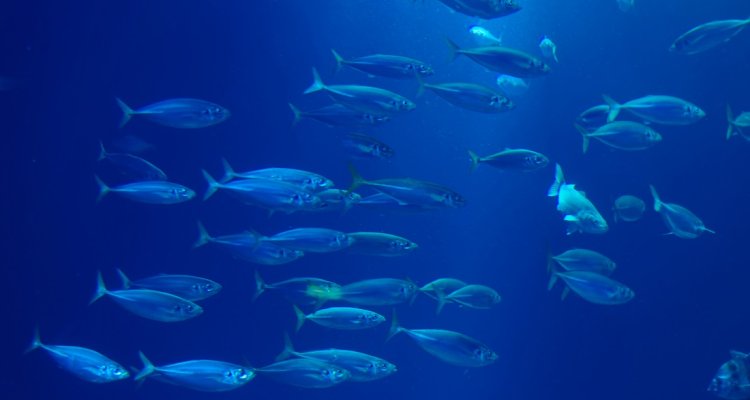
Project
Improving Herring Recr Surveys IHeRS
Recruitment is one of the main drivers of fish stock dynamics. Getting a correct perception of recruitment is therefore essential for fisheries management. Estimating recruitment too low will result in the loss of fishing opportunities (and distorted relationship between managers, stakeholders and science), estimating recruitment too high will result in overfishing. Recruitment strength is also one of the most difficult parts in fish stock dynamics to estimate.
For North Sea herring two dedicated surveys (IHLS and IBTS-MIK) target herring larvae to improve the knowledge on the recruitment strength are in place. But the information that is extracted from these is only of limited value to the stock assessment, because these samples collected only cover the autumn spawning part.
Improve estimating recruitment strenght
In 2018 and 2019 a Downs Recruitment Survey (DRS) has been carried out to improve estimating recruitment strength (thus including information on recruitment of Downs herring). Due to the short time series the DRS is currently not incorporated in the assessment that leads to TAC advice. However, the herring assessment working group (HAWG) looks very positive on this survey to incorporate this data in the assessment, when a longer time series is available (ICES 2019).
Also the participation of Norway in 2019 and both Norway and Denmark in 2020 prove the international need for collection of Downs Recruitment data. There are however some scientific questions to the survey method that need to be answered before the data can be incorporated in the assessment. WMR Participation in the IHLS and IBTS surveys is an integral part of the WOT programme, as is involvement in the stock assessment of North Sea herring. Evaluating and underpinning survey and data collection and the way the data is used in the assessment is core to the execution and effectiveness of the programme to support the ministry.
Publications
-
Downs recruitment survey 2021: herring larvae survey and catchability experiment in the southern North Sea and German Bight in April
Centrum voor Visserijonderzoek (CVO) (Report / Centrum voor Visserijonderzoek CVO report 20.015) -
Downs recruitment survey 2022: Herring larvae survey and catchability experiment in the southern North Sea and German Bight in April
Centrum voor Visserijonderzoek (CVO) (CVO Report 22.016) -
Downs recruitment survey 2023: combined herring larvae survey and catchability experiment in the southern North Sea and German Bight in April and May
Centre for Fisheries Research (CVO) (CVO report CVO report 23.018)